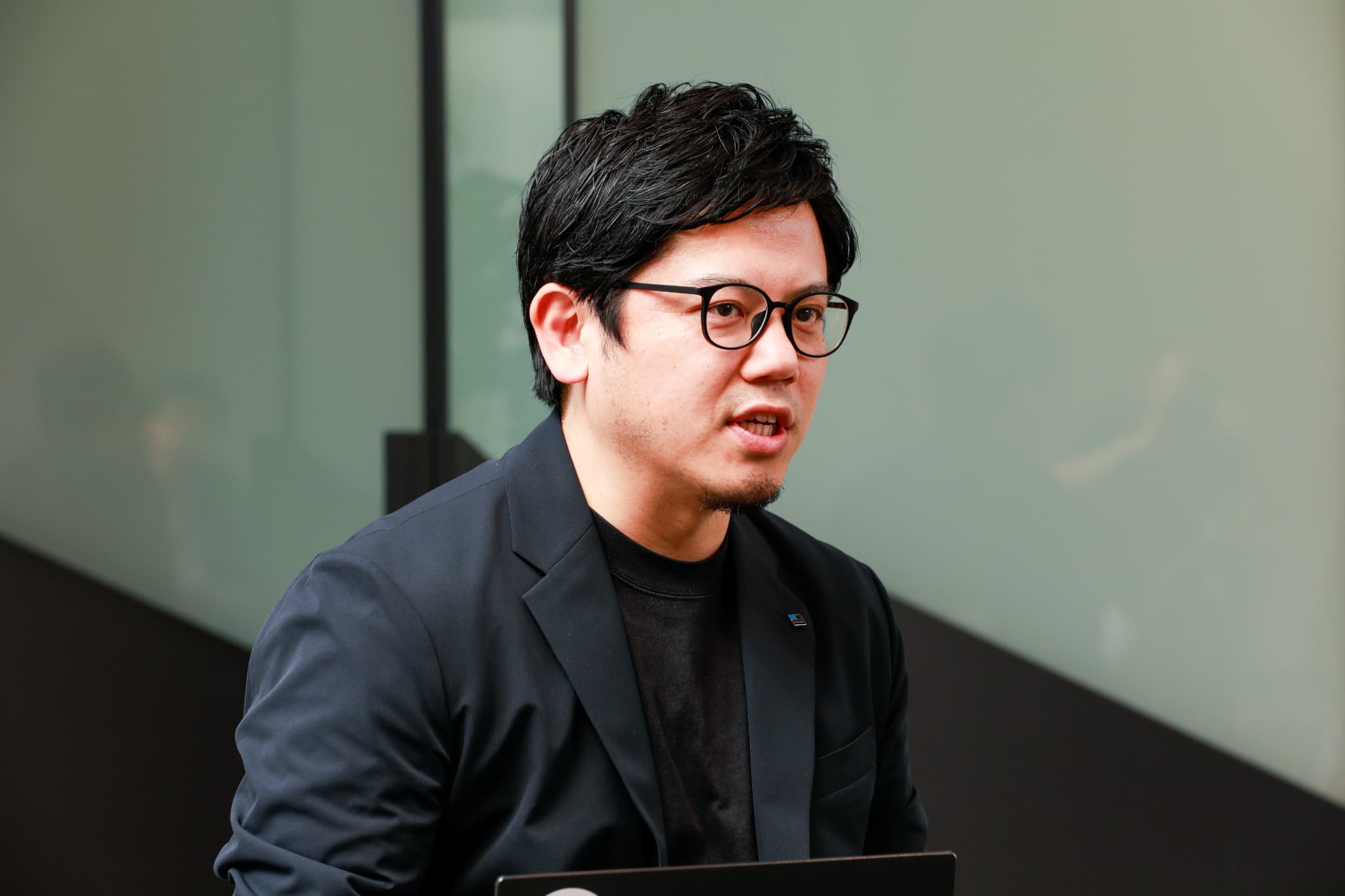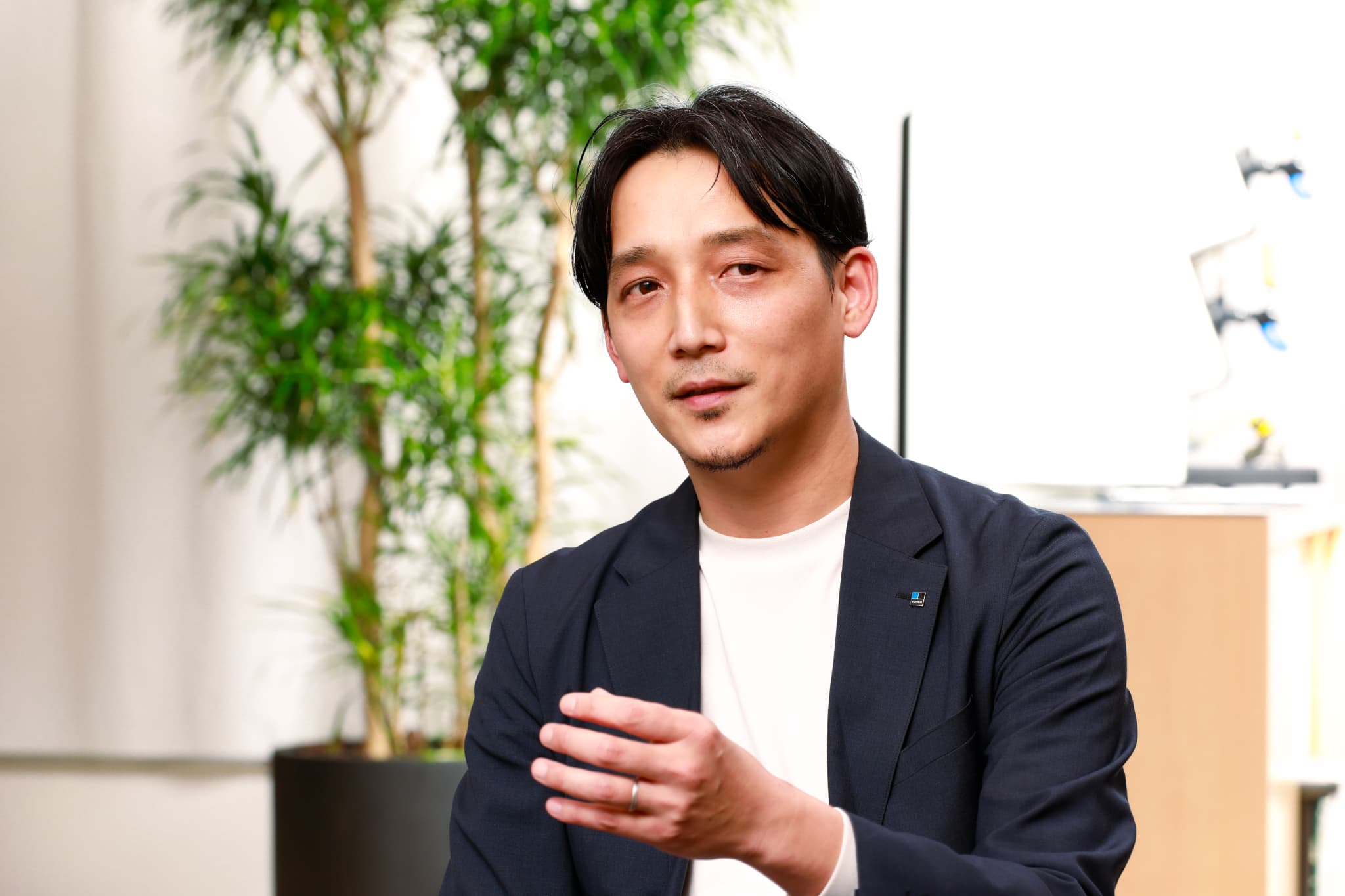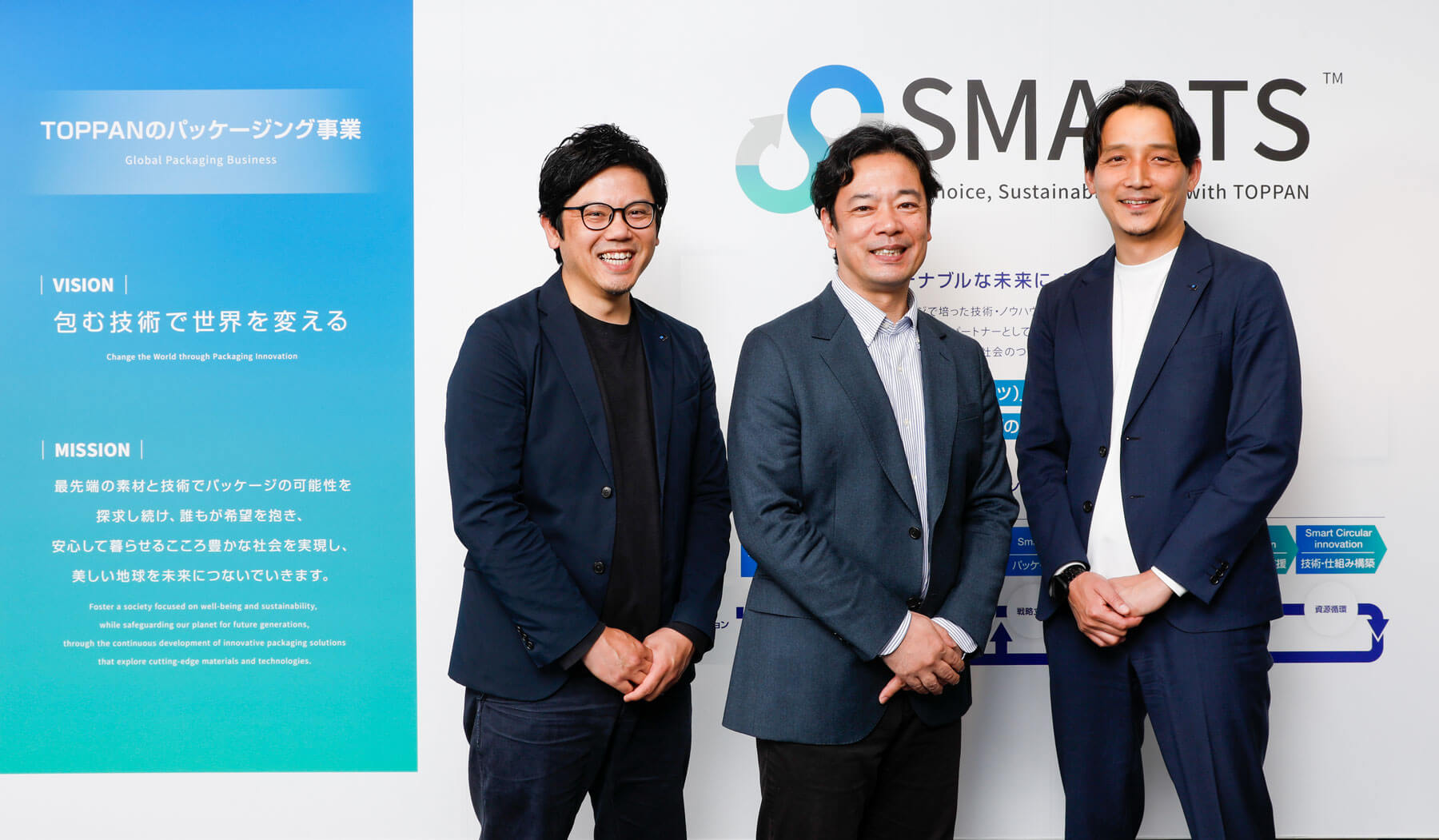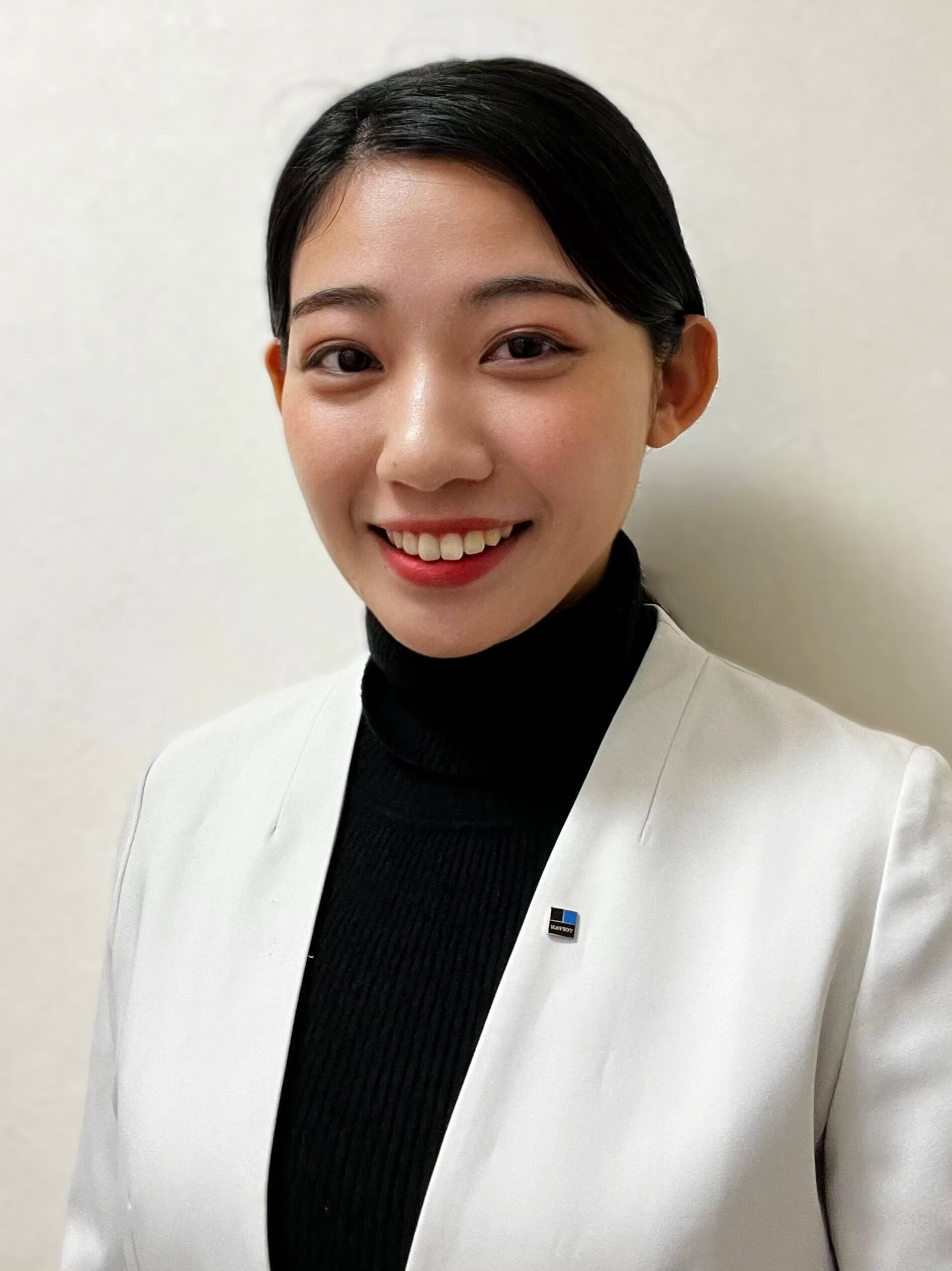 TOPPAN’s Impact
TOPPAN’s Impact
The TOPPAN Group is targeting a decarbonized society and a circular economy as part of Business Materiality under the material issues it has defined in the pursuit of sustainability. "SX Packaging (environmentally friendly packaging)" plays an important role for implementing this plan, and is positioned as a growth business in TOPPAN’s medium-term plan.
With its packaging business, TOPPAN has provided environmentally friendly packaging, as well as various services and solutions related to packaging materials. As one of its leading initiatives, in May 2025 we announced linking systems between TOPPAN's SmartLCA-CO2™, a cloud service for calculating CO2 emission volume from containers and packaging, and Asuene Inc.'s "ASUENE" system, a cloud service for measuring, reducing and reporting CO2 emissions.
Through a dialogue with Asuene Inc., we demonstrate just how the synergy born from the alliance of the two companies will help resolve social issues and create value.

Yusuke Mase(center)
Board Director, Chief Financial
Officer of Asuene Inc.
Kotaro Takada(right)
General Manager, Marketing, SX
Business Development Department, SX Business Development Center, Living & Industry Division,
TOPPAN Inc.
Shuta Fukutake (left)
Team Leader, SX & DX Strategy
Team, Marketing, SX Business Development Department, SX Business Development Center, Living &
Industry Division, TOPPAN Inc.
Importance of "Visualization" based on accumulated know-how
- Takada
- From product planning and development to promotion, TOPPAN's packaging business has an extensive history providing comprehensive solutions, has always been face-to-face with the needs of customers and society, and has placed value on a "co-creation" approach. We take pride in having been involved in what today is called SX from its earliest days, by developing the GL BARRIER transparent barrier product brand in 1986 and beginning LCA evaluations for packages in 1998. Meanwhile, given that containers and packaging are closely related to issues to do with waste, we did have doubts and conflicts about the significance of the existence of such products and whether or not we were contributing to creating waste. To overcome such conflicts, we felt strongly that we needed to address the issues underpinning decarbonization and recycling of resources that are closely related to packaging, and to create social value through packaging.
- Fukutake
- One of the solutions we arrived at after examining the approach we could take to make our customers feel a sense of value was the "calculation of CO2 emissions." Many of our customers have expressed their desire to gain a better insight into CO2 emissions arising from containers and packaging. After examining the best way to turn the know-how we had built-up over the years into a form that can be widely adopted, we made the decision to take the approach of providing digital solutions combined with the physical solutions of packaging. In May 2023, we launched the SmartLCA-CO2™ cloud-based system for automated calculation of CO2 emission volume from containers and packaging. This system makes it easy to calculate CO2 emissions by simply entering information on package specifications, allowing for quantification of the level of environmental friendliness of packages in terms of CO2 emission volume and the weight of plastic used.
- Takada
- We provide our customers with a range of options for smartening their entire value chain and reducing their environmental impact with our SMARTS™ sustainable brand that started with packaging. SmartLCA-CO2™ makes up a part of "Smart Platform," which utilizes DX for visualizing, managing and analyzing issues midway through the value chain, and is positioned as a service that provides environmental proposals based on life cycle assessment (LCA).

Overview of the SMARTS™ sustainable brand
The driving force behind collaborative creation is the sharing of mutual challenges toward a decarbonized society
- Fukutake
- The concept underpinning SmartLCA-CO2™ first began to take shape around 2022, and I recall it was around that time that we had our first contact with Asuene.
- Mase
- That sounds right. Asuene was established in 2019, but back then we were involved in the retail business for renewable energy electricity. Through discussions with our customers, we came to the realization that many companies were seeking to reduce their CO2 emissions but did not have a proper understanding of the amount of CO2 they were emitting at the time. This was akin to saying: "I'm going to start a diet but have no idea of my own weight," or in other words, they only set a reduction target, but could not see what to reduce, by how much. Our desire to overcome this challenge led to the development and launch of "ASUENE," a cloud service for measuring, reducing and reporting CO2 emissions. The service started to pick up the pace within one or two years, and has been adopted by various customers in a broad range of industries, from large corporations to small and medium-sized enterprises.

- Fukutake
- TOPPAN's grasp of the issues at hand and what Asuene was trying to achieve aligned.
- Takada
- We first met with Asuene in 2023 when TOPPAN moved into CIC Tokyo, a co-creation space where various companies gather to spark innovation. Just by chance, Asuene had moved into the room across the hall. We actually made contact with Asuene around the time SmartLCA-CO2™ was launched. You were a little wary of TOPPAN to begin with, because of the potential of becoming a competitor (laughing).
- Mase
- That year, there was a growing trend for measuring CO2 as more and more new businesses entered the market, so we were indeed a little cautious at the start (laughing). Yet given that we also provide services across a broad range of industries, we felt that we needed to come up with calculations that catered to each specific industry—this was also the time when we considered beginning from scratch ourselves or partnering with other companies. We saw the service being demonstrated during a meeting with TOPPAN, and realized just how complex the technical terms and processes related to package manufacturing were. The significance of our partnership enhanced considerably when TOPPAN, a professional with packaging, and Asuene, a professional when it comes to CO2 calculation, were both confident that we could work together to advance toward a decarbonized society. I am so glad that our paths crossed right at that moment.
- Fukutake
- I feel that we were able to get on the same page because we both understood how the other was thinking as we held ongoing meetings, and your company really began to sense the value of TOPPAN's expertise.
Reducing CO2 emissions—an aggressive tool for companies
- Mase
- By working with TOPPAN, we managed to create a system that allows us to take a strategic approach to industries and company groups that Asuene could not tackle on its own. In addition, the trust that Asuene built up also led to the adoption of our services, which provided motivation for greater coordination between the two companies.
- Takada
- Asuene was the leader in this field when we first approached them, and they demonstrated an immense sense of speed. We recognize that TOPPAN’s packaging business is lucky to have many outstanding personnel, but that alone is not enough to achieve some things. We have done our best to ensure we are not left behind by Asuene.
- Mase
- The image I had of TOPPAN was that it was an amazing company with an extensive history, but after I got to know you better, I also felt like it had freedom and flexibility akin to a start-up. You both responded so quickly, and your approach aligned with ours, which was a major factor in our decision to work together.

- Fukutake
- TOPPAN was also a venture company when it was founded in 1900, and that DNA still underscores our current Group Purpose—indeed it might be at the core of all of us. On the other hand, I feel that change is still needed going forward.
- Mase
- When it comes to the actual service, there are few opportunities to learn about CO2 calculations, which is called carbon accounting now. Questions like "How can this be done without experience?" or "I did the calculations myself, but how accurate are they?" form barriers to implementation. Yet we believe that it is crucial to help customers get off to a positive start, just like how people will be motivated to lose weight once they weigh themselves.
- Fukutake
- We also feel that there are plenty of companies facing challenges due to the various rules and regulations that are in place for CO2 emissions and that they might feel "forced" to follow them without a proper understanding of what they are doing. Efforts to reduce emissions are costly, but if those efforts are not implemented now, the result could be even greater costs in the future. I often hear about companies that are struggling with issues like these.
- Takada
- If we take a passive stance while being forced to follow regulations, it will inevitably lead to exhaustion. So, how are we able to turn CO2 emission reduction into a positive and aggressive initiative? I feel that it is our role to advance this concept.
- Mase
- We are seeking to increase the number of success stories that lead to business opportunities and new sales, by using this as an aggressive tool. We need to demonstrate that this approach will lead to long-term corporate value. If customers can be convinced, they will pick up the pace of their efforts and the benefits will be reflected in their business results and incentives. We hope to create a world like this.
Expanding positive value creation beyond "visualization" and into the world and future
- Takada
- When it comes to new value, we also offer a range of proposals in packaging, the very foundation of our business. An example that illustrates this is the Smart Deli Bag™, a zipped pouch that is pre-packed with seasonings and ingredients, which can be used to prepare steamed or stewed dishes by simply adding ingredients and heating the pouch in a microwave oven. We also have products that allow dried pasta to be cooked in a microwave oven by snapping it in half and adding water. I think that consumers appreciate the convenience of not having to use cooking utensils and saving time, but there are also environmental benefits gained by reducing the amount of water used and thrown away when boiling—this also cuts down on CO2 emissions because no flame is used. By demonstrating these in a quantitative manner, I think food manufacturer customers will be able to understand the benefits and start using those products, resulting in further reductions in environmental impact.


Smart Deli Bag™
- Mase
- I also like pasta and my children eat it quite often, so I was very interested in the fact that it is safe to use, even for kids. I feel that convenient options like this make it possible for busy families to easily make the most of their time. Furthermore, I think it is a great product that presents a win-win situation for both consumers and companies, as an initiative leading to energy reduction and other benefits.
- Fukutake
- Even when a company adopts an aggressive approach, it is challenging conveying this to consumers if that company only focuses on the environmental aspects. It is vital to present a combination of aspects of daily life to which the solution brings value, such as helping to save time, easy disposal, or easy-to-understand sorting of waste. We believe that such proposals make up the forte that is unique to TOPPAN, which has assisted customers throughout a wide range of industries. In addition, behavioral change is needed in the company. Even if sustainability promotion departments or corporate departments outline the importance of environmental considerations, it is not uncommon to have the development or sales staff question: "Why do we have to go through this when it costs so much?" In response, if the TOPPAN system can be used for measuring the CO2 of each product, presenting the data and having people understand the situation at their own companies, it may be possible to alter, in small steps, the behavior of each individual.
- Mase
- There are about 25,000 companies that have adopted the services of the Asuene Group, and the main direct contact points are the strategy and planning departments of those companies. Management decision-making is naturally important for carbon footprint and LCA initiatives, but in order to correctly calculate and disclose such information, internal and external stakeholders need to be involved, and it is important to link up management with people on the ground. I would like to see the strengths that TOPPAN has in its connections with customers and negotiating capabilities put to good use in these areas.
- Takada
- By coincidence, we also have about 25,000 client companies. I feel that there is great potential for synergies when combining Asuene's 25,000 client companies and TOPPAN's 25,000 client companies. Given that we have accounts with companies directly involved in containers and packaging and a complementary relationship with Asuene , we expect that such synergies will be a force for promoting the company-wide activities of our customers.
- Mase
- Given that reducing CO2 emissions is a common topic on a global scale, the first step is gathering success stories in Japan, and we are seeking to expand our business overseas going forward. Development of global regulations is increasing in complexity, but I believe that promoting and communicating initiatives for reducing CO2 emissions throughout Japan presents an opportunity. Even in such cases, it would be best if the burden placed on companies is minimal, so we would like them to take advantage of services like "ASUENE" and SmartLCA-CO2™. I hope that Japan will lead the world by playing an active role in devising rules.
- Fukutake
- More than just the geographical spread, we are also viewing the spread over time. If we are able to develop a mechanism now, I think we will be able to create a positive flow that can be passed on successfully to the next generation. Looking ahead, we will continue to work hard to achieve a world in which the term "decarbonization" itself no longer needs to be used.
- Takada
- Through this conversation, I once again felt that while Asuene and TOPPAN take a different approach to working, the direction we are aiming for aligns. It is assuring to witness so many people putting in the effort toward the goal of sustainability, even if they are working in different industries. The enjoyment I find along the way also serves as a source of inspiration for me. Meanwhile, we also need to think about success as a business. It is challenging to balance both economic value with social value, but we will continue exploring how we can generate that value and what kind of co-creation can give form to it.
* All information is current as of March 2025 (the time of the interview).

All types of products, not limited to just packaging, have an extensive value chain that involves many stakeholders. The approach of "reducing environmental impact throughout the value chain" is gaining traction, but is not a concept that is easy to put it into practice. While there are limits to the action that a single company alone can take, the presence of a partner that shares the same aspirations can serve as a driving force for achieving significant progress.
The TOPPAN Group aims to serve as a bridge between companies, and between companies and consumers, by leveraging the knowledge and networks it has built up over many years of business. We will continue taking on the challenge of combining our individual strengths and transforming them into a major driving force.
Ayaka Nishizaki

Ayaka Nishizaki
ESG Communication
Department
Public Relations Division
TOPPAN Holdings Inc.
Achieving a decarbonized society is a significant goal that cannot be attained by one company alone. Complex social issues call for a diverse range of perspectives and approaches. Through this dialogue, I once again felt that keywords like "visualization" and "co-creation" are the first positive steps toward achieving this goal.
I feel that going forward, we will be required to come face-to-face with more social issues and move ahead together by leveraging our respective strengths. I learned so much from the way the two companies have transcended boundaries between industries in an effort to address and overcome shared challenges. I hope to see more opportunities for this kind of dialogue in the future. Please look forward to the next installment!
